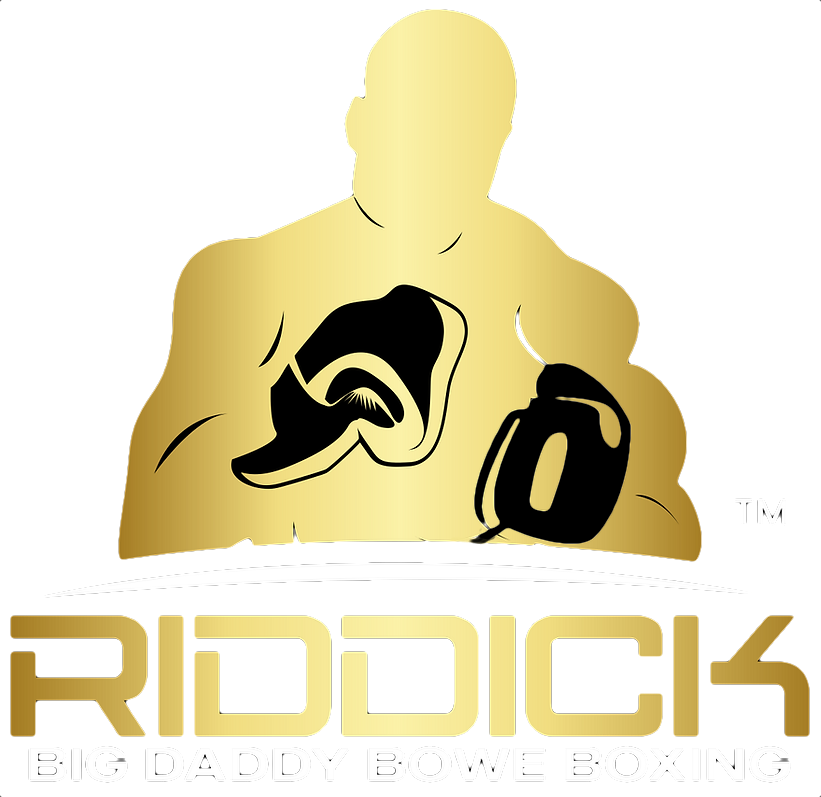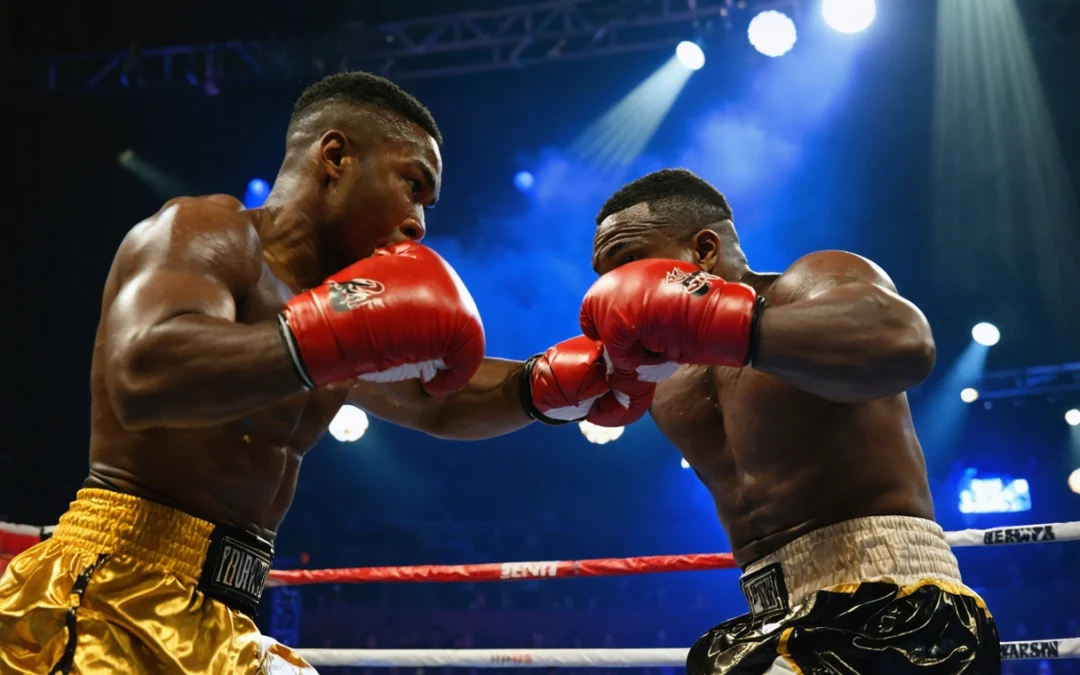Reliving the Riddick Bowe vs Evander Holyfield Trilogy: A Detailed Analysis
The boxing world has seen numerous rivalries, but few compare to the intensity and drama of the Riddick Bowe vs Evander Holyfield trilogy. These three fights, spanning from 1992 to 1995, are etched in the annals of boxing history as some of the most thrilling heavyweight contests. This trilogy is not just about two fighters; it’s about contrasting styles, relentless determination, and the sheer will to win. In this blog post, we will delve deep into each fight, explore the backgrounds of the fighters, and highlight the legacy left by these epic battles.
The Background: Two Titans Collide
Before delving into each fight, it’s crucial to understand the context in which these two heavyweight titans met. Riddick Bowe, standing at 6’5″, was a force to be reckoned with. Known for his powerful jab and impressive reach, Bowe had an unbeaten record and was the WBC heavyweight champion. His style was aggressive, and his ability to take and deliver punishment made him a formidable opponent.
On the other hand, Evander Holyfield was the epitome of perseverance and dedication. Despite being the smaller man, Holyfield had moved up from cruiserweight and established himself as a dominant heavyweight. His speed, agility, and tactical intelligence made him a dangerous adversary. The stage was set for an unforgettable clash when these two met in the ring.
The First Encounter: November 13, 1992
The first fight between Bowe and Holyfield took place at the Thomas & Mack Center in Las Vegas. It was a classic confrontation of styles: Bowe’s size and power versus Holyfield’s speed and tactical acumen. From the opening bell, it was clear that the fight would be a war of attrition.
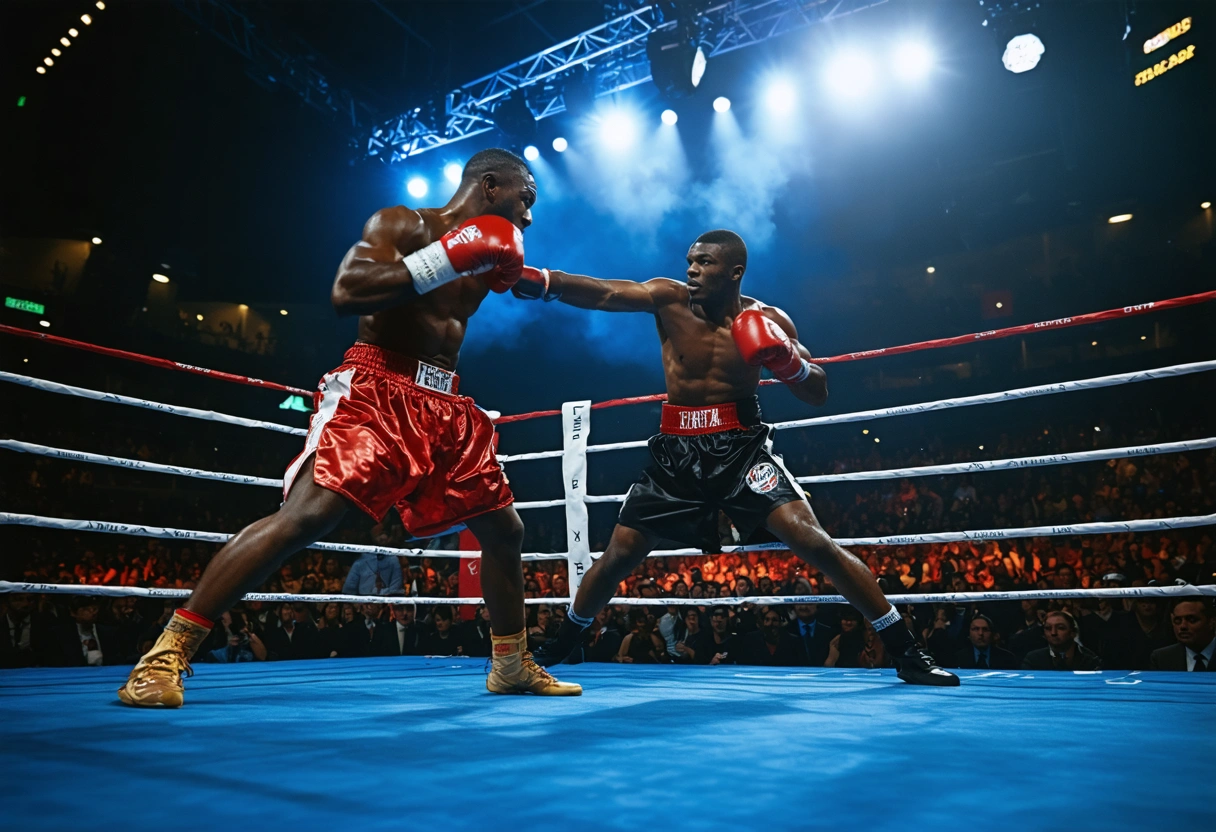
Bowe dominated the early rounds, using his jab to keep Holyfield at bay. However, as the fight progressed, Holyfield showcased his resilience and strategic brilliance. The tenth round, in particular, is often hailed as one of the greatest in heavyweight history, with both fighters exchanging brutal punches. In the end, Bowe emerged victorious via a unanimous decision, capturing the heavyweight title and cementing his place in boxing history.
Analyzing the First Fight
The first fight was a testament to Bowe’s ability to adapt and overcome adversity. His jab was the key weapon that allowed him to control the fight, while his ability to absorb punishment and counter with powerful shots showcased his toughness. For Holyfield, the fight was a lesson in endurance and strategy. Despite losing, his ability to rally back in the later rounds demonstrated his heart and determination.
Experts have often analyzed this fight to highlight the importance of the jab in boxing. The jab is not just a defensive tool but can be used to dictate the pace of the fight, something Bowe executed flawlessly.
The Rematch: November 6, 1993
The second encounter between Bowe and Holyfield was eagerly anticipated by fans and pundits alike. This time, the fight took place at Caesars Palace in Paradise, Nevada. Holyfield, determined to reclaim his title, came in with a different strategy, focusing on movement and speed.
From the onset, it was clear that Holyfield had learned from his previous defeat. He used his quickness to stay out of Bowe’s range and countered effectively. This fight is also famous for the bizarre “Fan Man” incident, where a parachutist interrupted the match, adding to the drama of the evening. After twelve rounds of intense boxing, Holyfield emerged victorious via a majority decision, reclaiming his heavyweight crown.
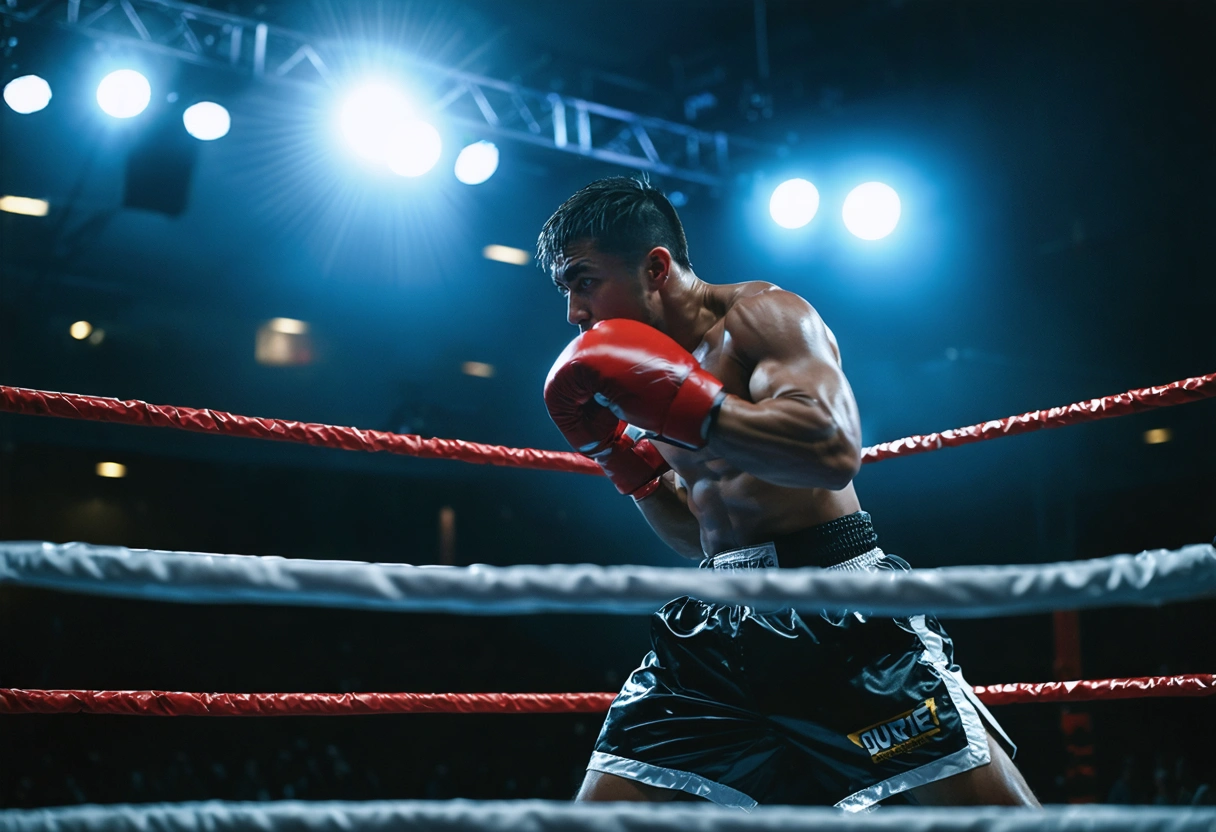
Analyzing the Second Fight
The second fight showcased Holyfield’s ability to adapt and implement a successful game plan. His focus on movement and agility allowed him to neutralize Bowe’s reach advantage. The fight is often analyzed in terms of tactical adjustments, emphasizing how a fighter can change their approach to exploit an opponent’s weaknesses.
Riddick Bowe’s performance, while valiant, demonstrated the challenges of facing an opponent who had adapted to counter his strengths. This fight is frequently referenced in discussions about the importance of tactical versatility in boxing, as highlighted in this analysis of tactical versatility.
The Trilogy Concludes: November 4, 1995
The third and final fight of the trilogy took place at the MGM Grand Garden Arena in Las Vegas. By this time, both fighters had experienced the highs and lows of boxing, and the anticipation was palpable. Holyfield was coming off a loss to Michael Moorer, while Bowe was looking to reclaim his former glory.
The fight began with both fighters displaying a more cautious approach, aware of each other’s capabilities. However, as the rounds progressed, the intensity increased. In the sixth round, Holyfield dropped Bowe for the first time in his career, but Bowe showed immense heart by getting back up and continuing the fight. Bowe eventually won the match by TKO in the eighth round, marking a fitting end to a remarkable trilogy.
Analyzing the Final Fight
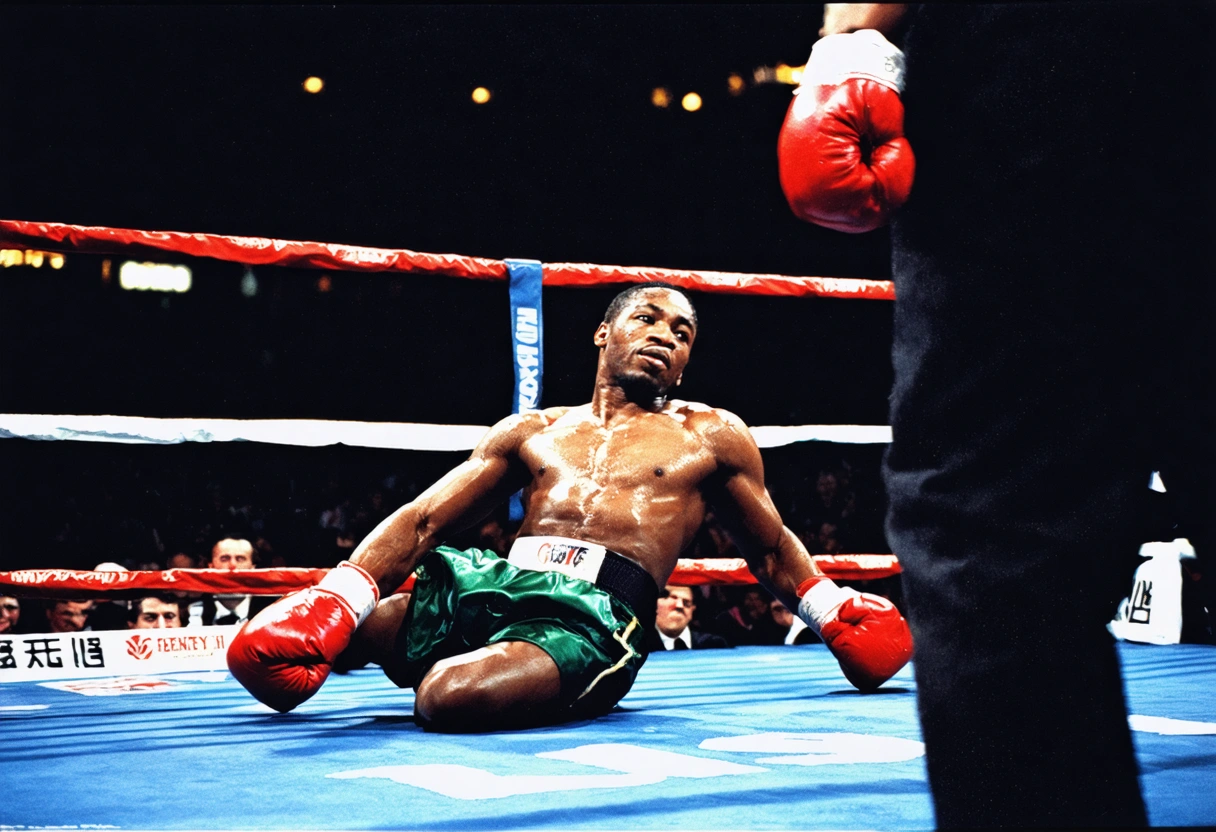
The final fight of the trilogy was a testament to Bowe’s resilience and fighting spirit. Despite being knocked down, his ability to recover and secure a win demonstrated his championship mentality. The fight also highlighted Holyfield’s relentless aggression and refusal to back down, even when facing adversity.
This fight is often cited when discussing the heart and determination required in boxing. It’s a perfect illustration of how a fighter’s mental strength can be as crucial as their physical abilities. For more insights on the psychological aspects of boxing, consider this exploration of a fighter’s mindset.
The Legacy of the Bowe vs Holyfield Trilogy
The Bowe vs Holyfield trilogy is more than just a series of fights; it’s a legacy that has left a lasting impact on the sport of boxing. These matches showcased the pinnacle of heavyweight boxing, with both fighters pushing each other to their limits. The trilogy is often regarded as one of the greatest in boxing history, not just for the skill and tenacity displayed but also for the sportsmanship and respect shared between the two warriors.
Riddick Bowe’s legacy is intertwined with these fights. While his career had its ups and downs, the trilogy solidified his place among the greats. His ability to adapt, absorb punishment, and deliver powerful blows made him a formidable champion. For Holyfield, the trilogy further cemented his reputation as a never-say-die fighter, whose heart and determination were unmatched.
These epic encounters have been analyzed by boxing historians and enthusiasts alike to understand what makes a great rivalry. They serve as a reminder of the golden era of heavyweight boxing and continue to inspire future generations of fighters. For those interested in further studying classic boxing rivalries, this compilation of classic rivalries offers more insights.
Takeaways
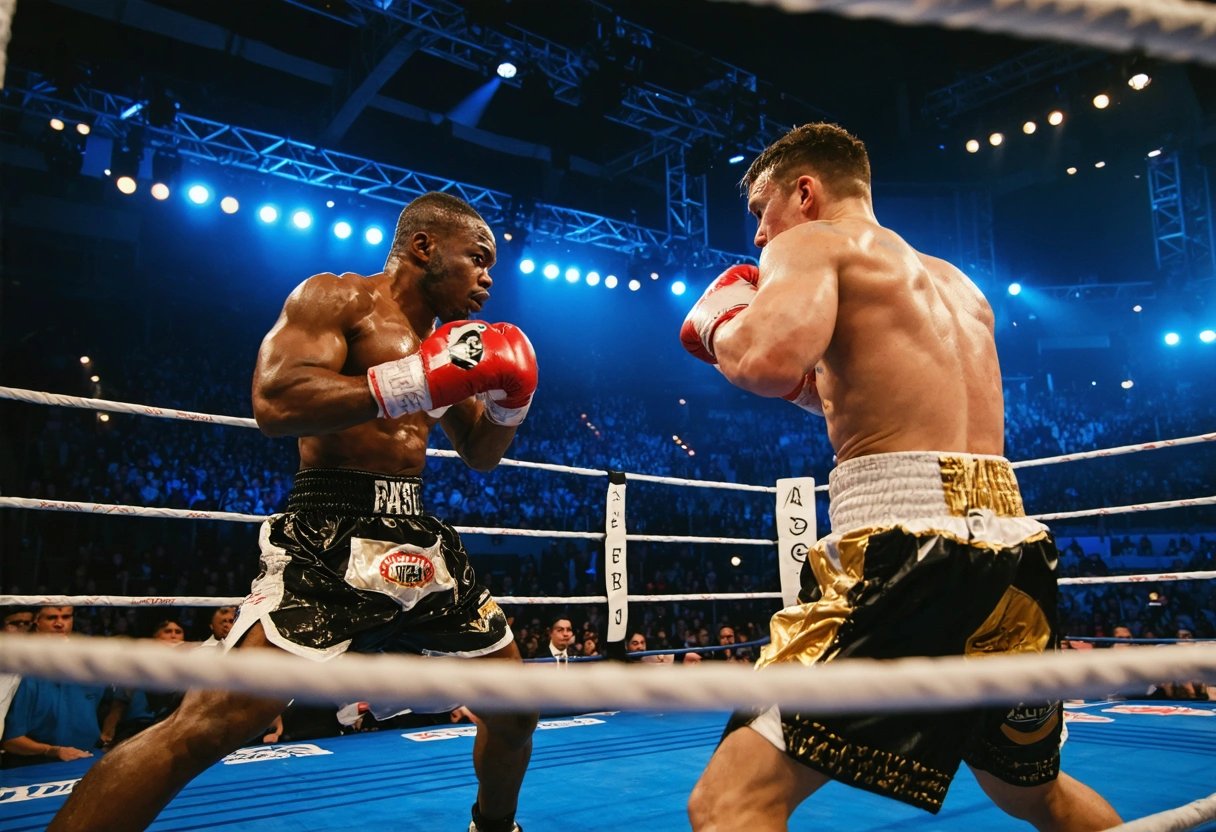
In conclusion, the Riddick Bowe vs Evander Holyfield trilogy remains a defining chapter in boxing history. These fights exemplified the essence of boxing: skill, strategy, resilience, and heart. Both fighters emerged from the trilogy with enhanced legacies, having given fans some of the most memorable moments in the sport.
As we look back on these epic battles, it’s clear that the Bowe vs Holyfield trilogy will continue to be celebrated and remembered as one of the highest points in heavyweight boxing. It is a testament to what happens when two world-class athletes meet in the ring, pushing each other to their limits and beyond.
For those who wish to dive deeper into the history and intricacies of boxing, exploring the dynamics of famous trilogies like this one provides invaluable insights into the sport’s rich and storied past.
The Impact on Future Generations
The Bowe vs Holyfield trilogy has had a profound impact on future generations of fighters and boxing enthusiasts alike. The courage and skill displayed in these bouts have become benchmarks for what it means to be a champion. Aspiring boxers study these fights to understand the complexities of in-ring tactics, the significance of mental fortitude, and the importance of adaptability. Coaches often use footage from these matches as educational tools to illustrate how to handle pressure and adversity in the ring.
Moreover, the sportsmanship exhibited by Bowe and Holyfield throughout their rivalry serves as a powerful example of respect and professionalism. Despite the fierce competition and high stakes, both fighters maintained a level of mutual respect that is sometimes absent in modern boxing. They have shown that intense rivalries can coexist with sportsmanship, setting a standard for how athletes should conduct themselves both inside and outside the ring.

Technical and Tactical Lessons
The technical and tactical lessons from these fights are numerous. Bowe’s use of the jab, as a primary tool to control distance and pace, is a textbook example of fundamental boxing. His ability to use his reach and size to his advantage is often discussed in training camps worldwide. Furthermore, his resilience in the face of adversity has been a source of inspiration for many fighters who have faced similar challenges.
Holyfield, on the other hand, demonstrated the power of agility and speed in overcoming physical disadvantages. His ability to switch strategies and adapt mid-fight is a crucial lesson for any boxer looking to improve their craft. His relentless pursuit of victory, even when the odds were stacked against him, has left an indelible mark on the sport. For those interested in exploring more about the technical aspects of boxing, this article on boxing techniques provides further insights.
The Trilogy in Popular Culture
Beyond the boxing community, the Bowe vs Holyfield trilogy has permeated popular culture. Their battles have been featured in documentaries, books, and discussions on sports forums. These fights are often used as reference points in debates about the greatest boxing matches of all time. Their legacy continues to inspire filmmakers and writers who seek to capture the drama and excitement of the sport.
The trilogy has also played a role in shaping the narrative of boxing during the 1990s, a period often considered a golden era for heavyweights. It has been instrumental in keeping the sport in the public eye, ensuring that boxing remains a staple in the world of sports entertainment. For a deeper dive into the cultural impact of boxing in the 1990s, this historical overview offers valuable context.
In closing, the Riddick Bowe vs Evander Holyfield trilogy is not just a series of boxing matches but a symbol of what the sport can achieve at its highest level. Through their epic encounters, both fighters have left a legacy that will be remembered for generations to come, inspiring countless individuals to pursue their dreams with passion and perseverance.
